
views
Feeding Your Plants
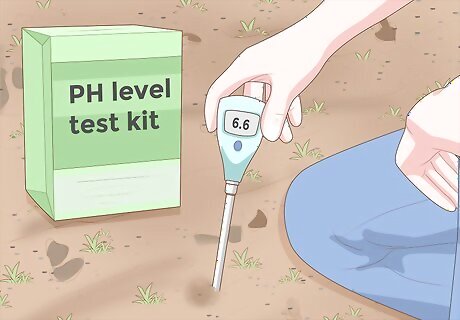
Perform a soil test. In order for you to pick the correct fertilizer, you will have to see what your soil composition is. You can buy a soil test from a big box store or any garden center.The results from this test will tell you what nutrients you need to add to create the best balance for your plants to grow. You can also send a soil sample to your local Department of Agriculture for more in-depth results.
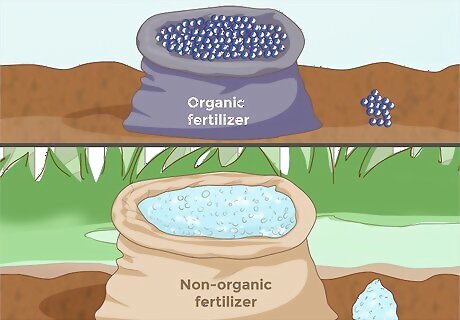
Pick an organic or inorganic fertilizer. Choose between organic and inorganic fertilizers. When you select inorganic fertilizer, look for the blend that supplies the best balance of nutrient requirements your soil needs. Organic fertilizers are harder to gauge because they vary in the amount of nutrients they supply. The organic fertilizer must also be broken down into inorganic substances in the soil for the plant to be able to use, which means it will take longer your plants to see a benefit. Inorganic fertilizers provide immediate nutrients to plants and help them grow faster. Organic fertilizers take longer to release in the soil, but they create a healthier soil over time. If your goal is to take an existing plant and make it grow faster, then use inorganic fertilizer. If you are looking to make a long-term garden or flowerbed, then organic fertilizer is more beneficial.
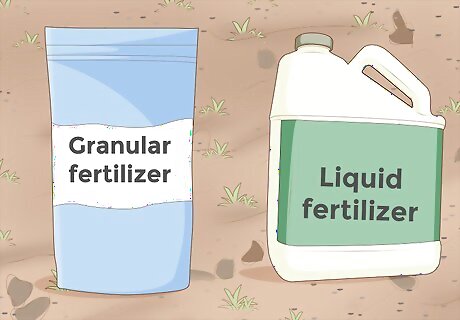
Choose granular or liquid fertilizers. Granular fertilizers come in small pellets. Like organic fertilizer, they are best for long-term projects like flowerbeds. The coating on granular fertilizer is resin, which causes the nutrients to be released slowly into the soil. Liquid fertilizers work much faster, but they require more applications. Usually, you will need to spray liquid fertilizers on your plants every few weeks. Liquid fertilizer is also more expensive. Choose the fertilizer based on the urgency of your project. If you want future plants to grow faster, then choose granular fertilizers as this will make the soil richer over time. If you have a plant that needs immediate attention, then use the liquid fertilizer. If you choose a liquid fertilizer, make sure the read the directions on the bottle. Too many applications can over-fertilize and kill your plant.
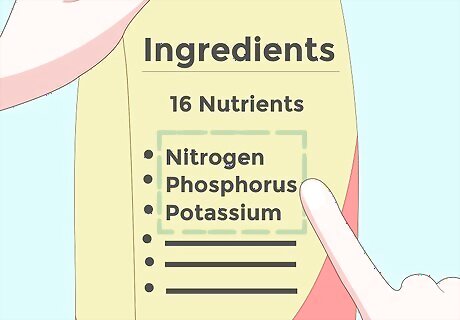
Look at the fertilizer’s nutrients. Plants require 16 nutrients to grow successfully. The three main nutrients are nitrogen, phosphorus, and potassium. These three are referred to as macronutrients. The secondary nutrients required are sulfur, calcium, and magnesium. Last, plants need the micronutrients boron, cobalt, copper, iron, manganese, molybdenum, and zinc. Without the three macronutrients, a plant will not be able to grow. Some fertilizers will have plant foods added to them. If you are growing one plant, such as a particular flower, this will help it grow. However, if you are growing many different types of plants at once, it is better to get a fertilizer without plant food.
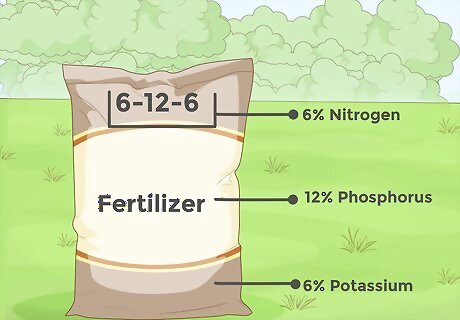
Determine the portion of nutrients on the bag. Different types of fertilizers use different blends of these nutrients. For instance, a 6-12-6 bag of fertilizer has 6-percent nitrogen, 12-percent phosphorus, and 6 percent potassium. Based on your soil test, choose the mixture that will add the most to your soil. If your soil is well-balanced, choose an all-purpose 10-10-10 fertilizer. Typically, this will be nitrogen-heavy, because that's the most common nutrient that's deficient in soil. IT will also likely have phosphorus and magnesium.

Add the fertilizer to your plant. The best approach is to add the fertilizer uniformly to the soil. If you choose to use granular fertilizer, a drop spreader will help you distribute it. If you are fertilizing plants outside, be sure to clean up any fertilizer that spill into the streets or sidewalks. This will prevent it from getting into waterways.
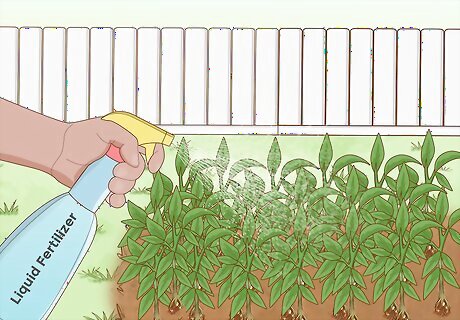
Fertilize your plants often. Plants go through nutrients quickly. In order to keep your plants consistently fed, make sure to add fertilizer to the soil as often at the plant requires, which will vary based on both the plant and fertilizer. Read the instructions on the fertilizer to see its recommendations. If you buy a pre-plotted plant, check the label on the plant to see what soil they were planted in. This will give you an idea how often you need to feed it.
Picking the Right Plant
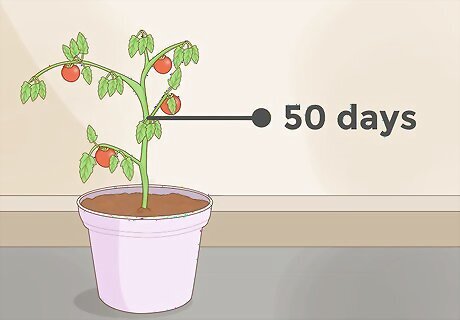
Choose the type of plant you want to grow. Various plants grow at different speeds. Look at various species of the plant you wish to grow. For instance, the glacier tomato will grow in 50 days compared to the average 70-90 day growth period of normal tomatoes.
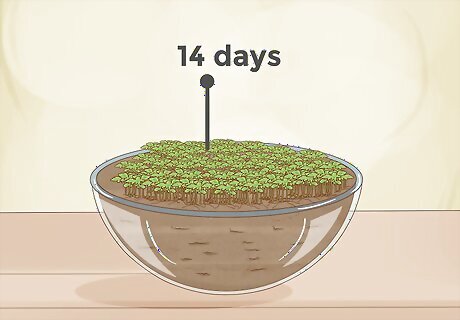
Consider growing greens. Certain types of greens grow very fast. Microgreens grow in 14 days. Arugula takes 21 days to grow. Lettuce takes 28 days to grow. There are many greens that grow quickly, particularly those that are used in salads.
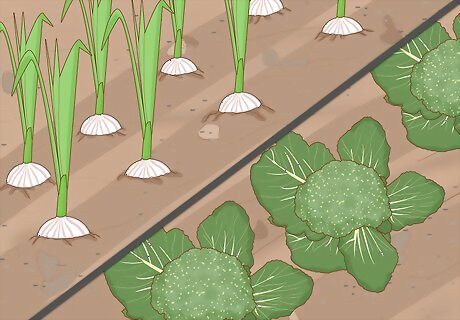
Pick your vegetables. If you are growing vegetables, pick ones that grow quickly. Fast growing vegetables include, snap beans, beets, broccoli, green onions, radishes, squash, cucumbers, okra, and peas.
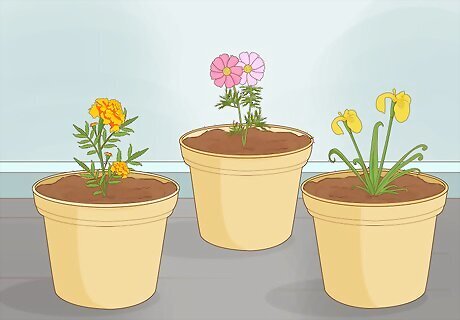
Select fast growing flowers. Fast growing flowers are useful for gifts or for filling out a garden. Pot Marigolds, Cosmos, and Yellow Flags grow fast and look great. Other great flowers to consider are sunflowers, sweet peas, and nigellas.
Helping the Plant Grow
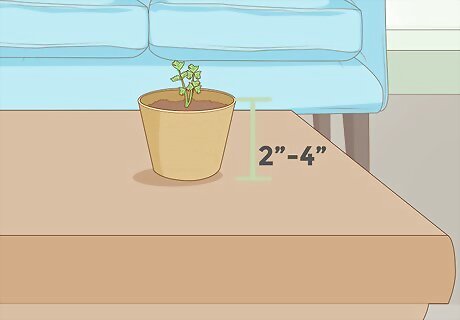
Grow seedlings inside. If you are growing plants outside, but you have to wait for spring, grow your seeds inside. Seedlings take between 4 to 12 weeks to sprout. If you let them sprout inside and then transplant them into your garden, the plants will grow 4-6 weeks earlier than if you had waited to plant the seed directly into the flower bed. Gather a small group of containers that are 2–4 inches (5.1–10 cm) deep that have drainage holes. Avoid fertilizers. Instead, use a mix of peat moss and vermiculite inside the container. Let the plants set outside in their containers for a few hours each day. Do this for at least two weeks before you transplant them into the flower bed. This will help them acclimate to direct sunlight. The best plants to transplant are tomatoes, peppers, eggplants, and melons. Some plants, however, do not transplant well. These are zucchini, beans, beets, corn, spinach, turnips, and peas.
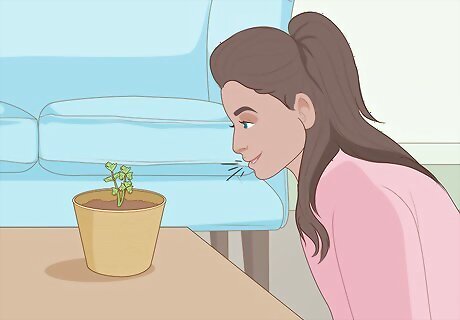
Talk to your plants. Studies show that plants respond particularly well to being serenaded. When you are fertilizing the plant, talk or sing to the plant. Record your voice using a device such as a radio or tape recorder and play it to them while you're gone. This will help your plant grow faster..
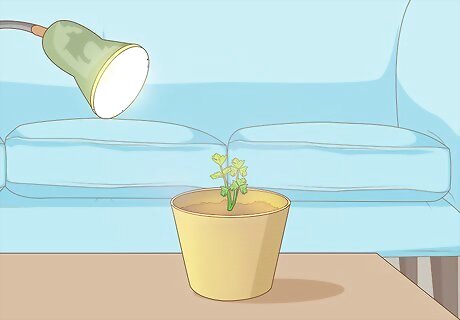
Give it light. Use a grow light if you are growing your plant indoors. The best grow lights are high-intensity discharge lights (HID). HID lights come in two types: metal halide (MH) and high-pressure sodium (HPS). MH bulbs cast the strongest light in the blue end of the spectrum, which causes a compact, leafy growth. HPS bulbs last longer than MH bulbs and produce light at the red/orange end of the spectrum. MH bulbs cause a flowering growth.
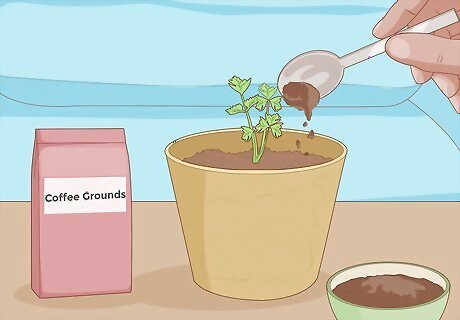
Use coffee grounds. Coffee grounds help plants grow faster because of their caffeine. If you drink coffee, put the grounds in your plant instead of throwing them away. The grounds are rich in nitrogen, which is a key nutrient in a plants diet. There have also been studies that suggest that caffeine helps the plant grow faster.















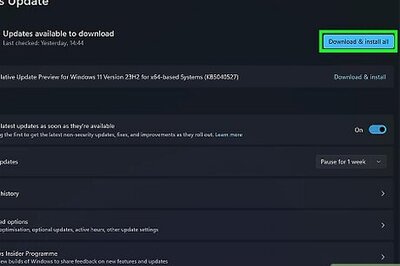



Comments
0 comment